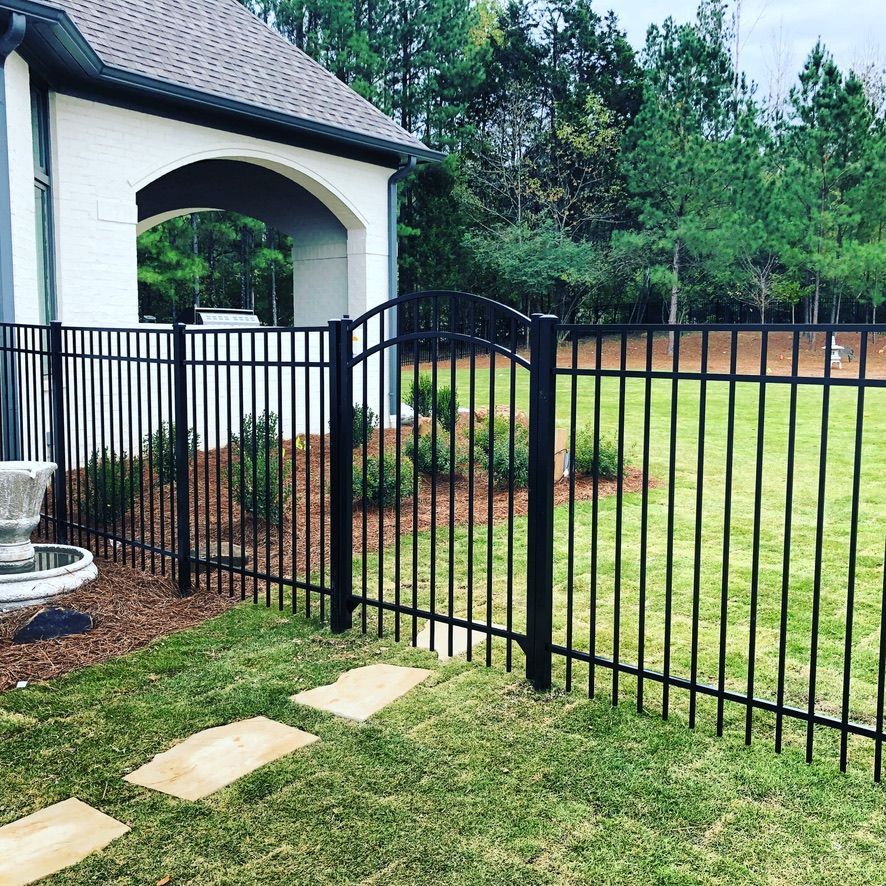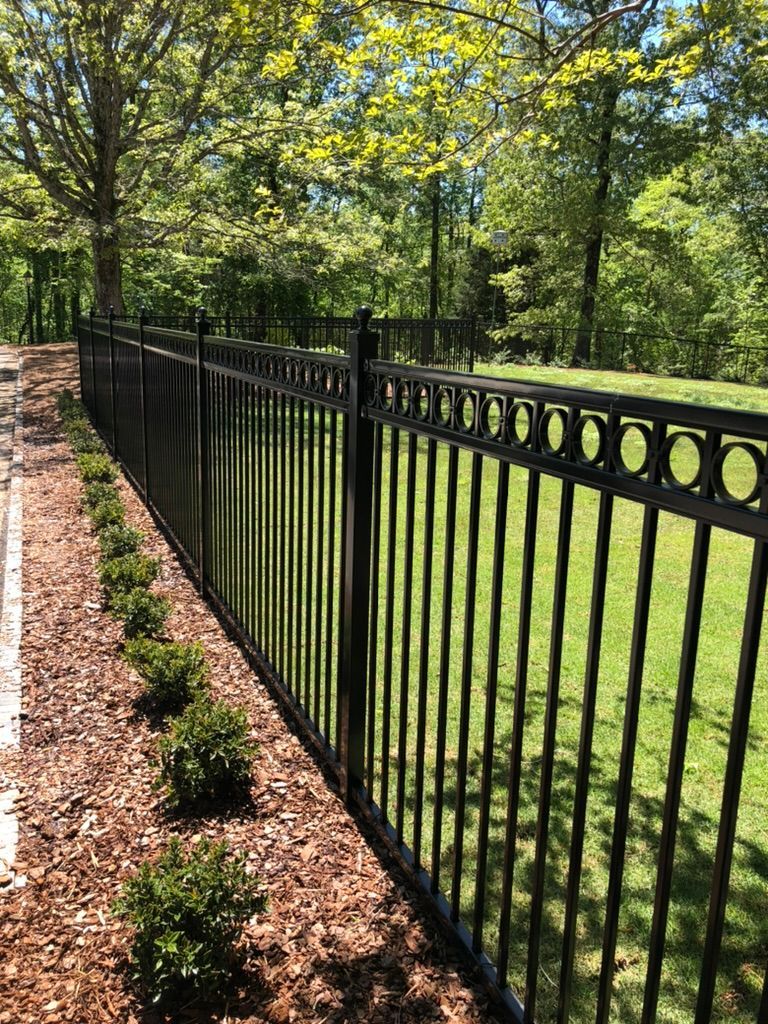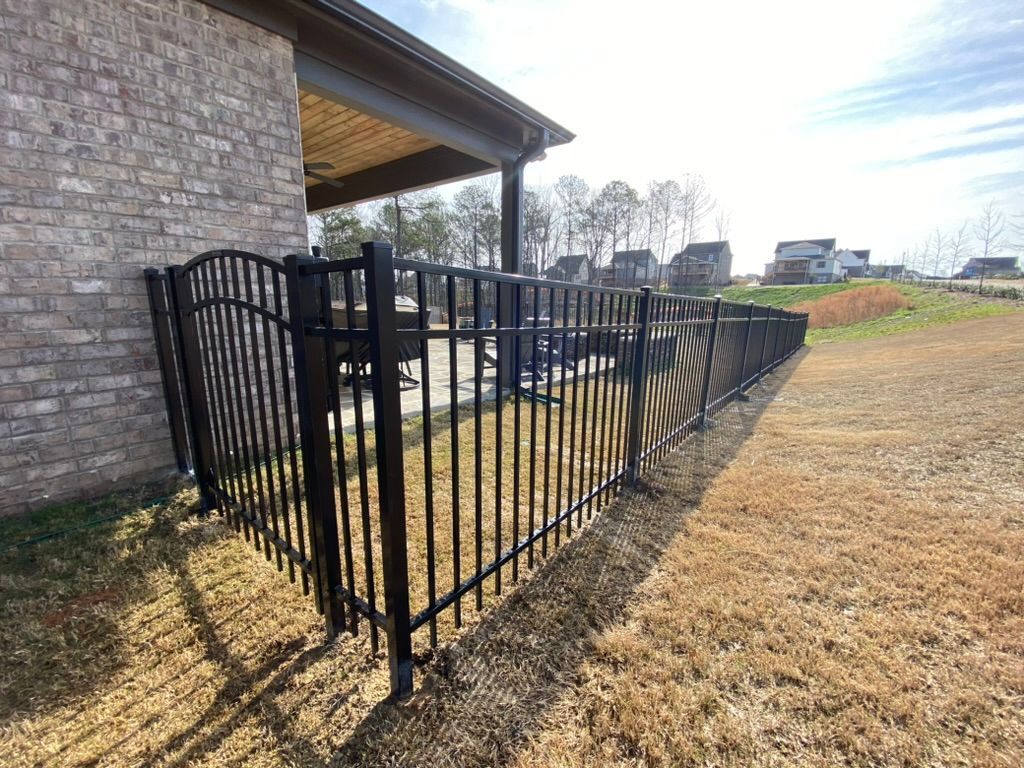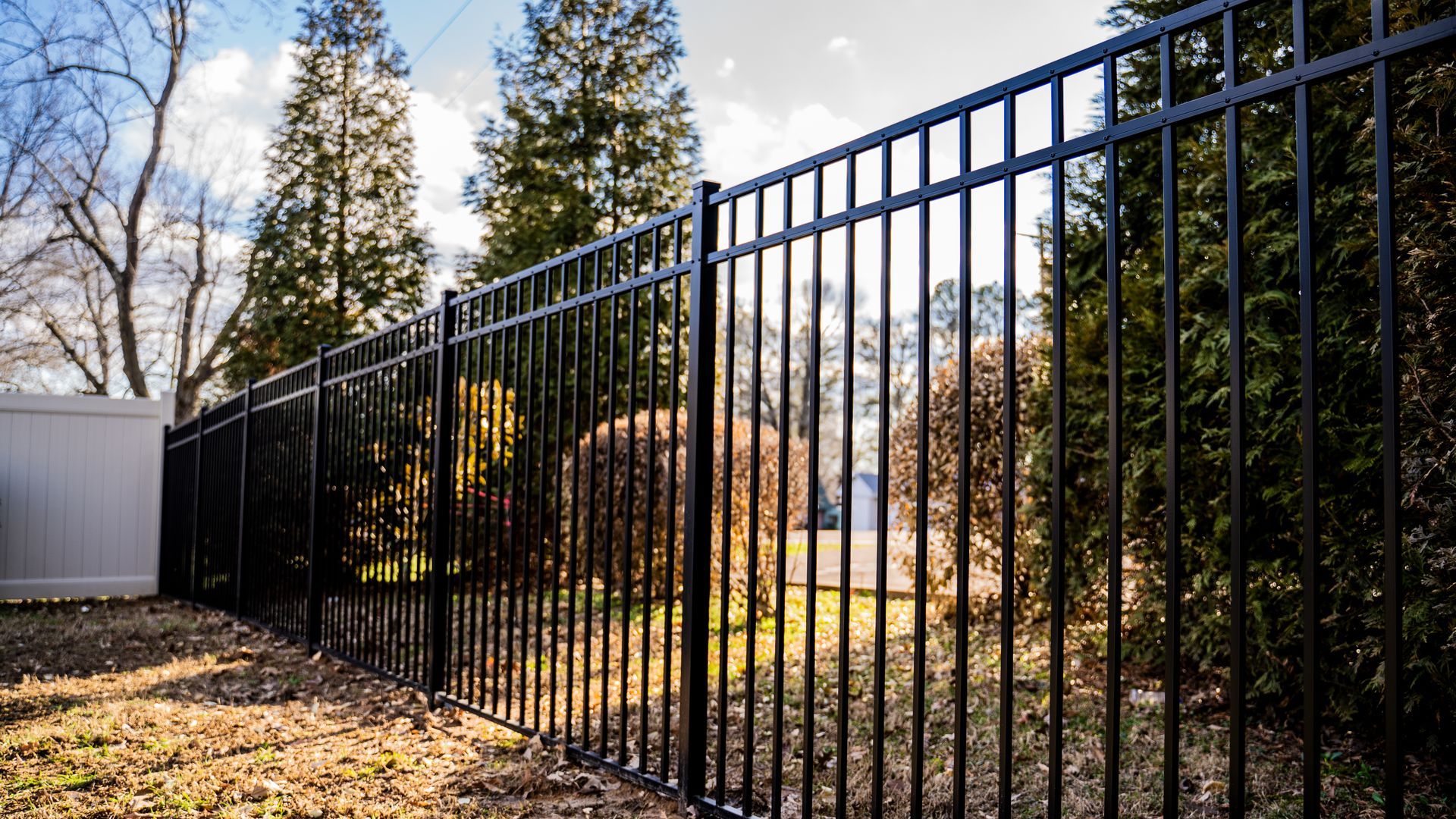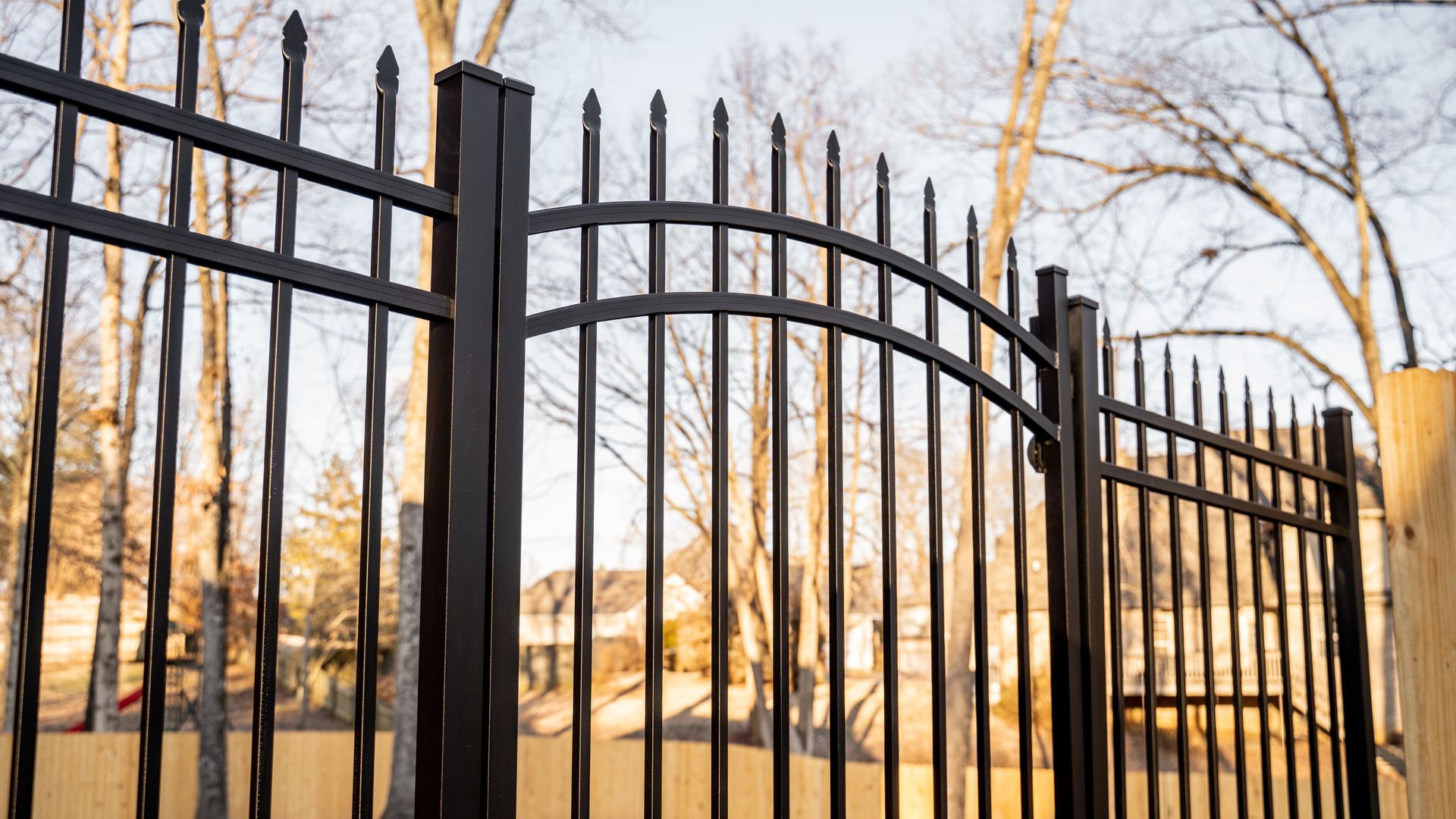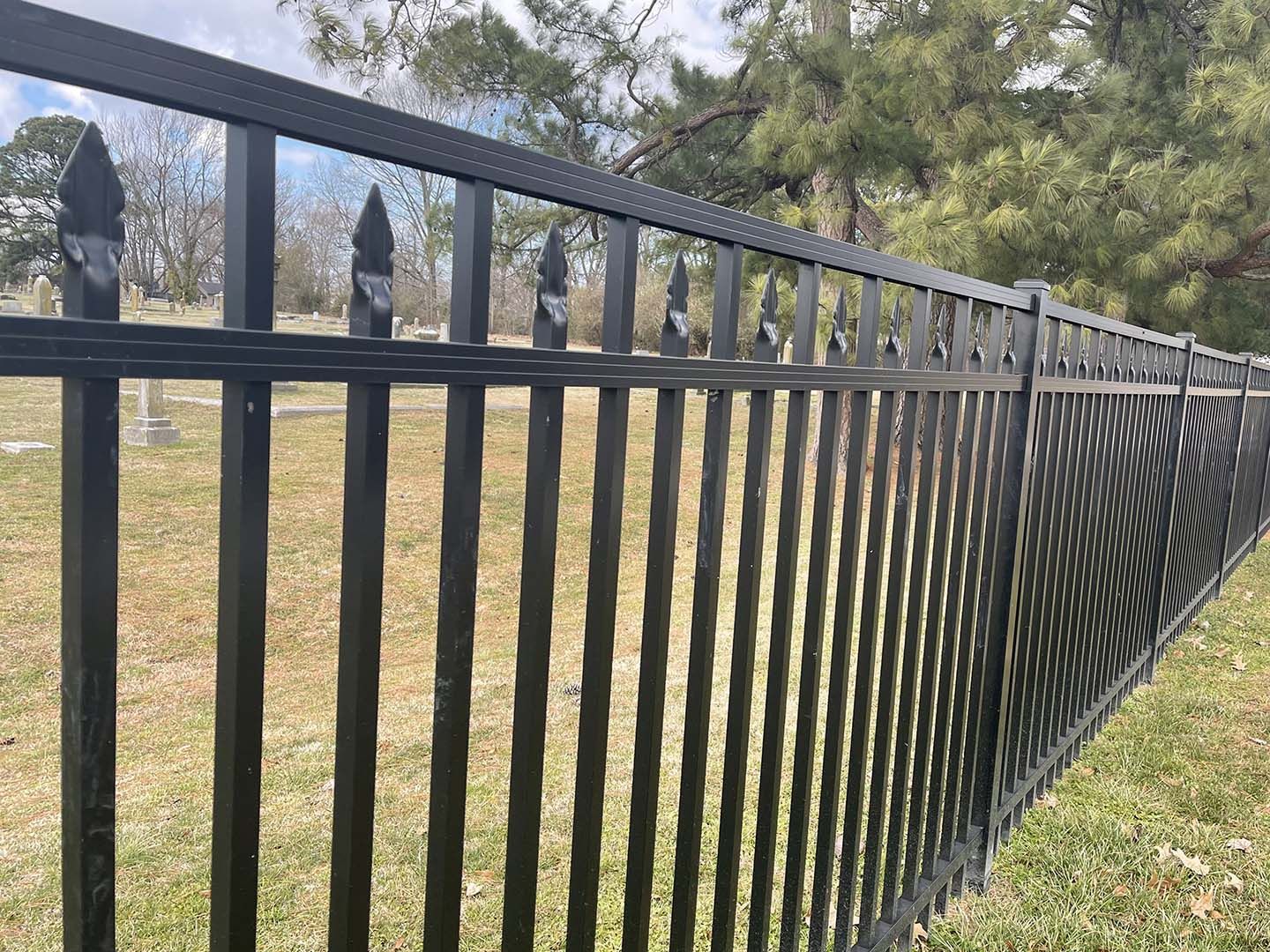Fencing Solutions That Fit Every Home and Every Family
CHARLESTON FENCES
Charleston Fences — From timeless wood to modern vinyl and secure chain link, our fences are designed for strength, style, and lasting peace of mind.
Charleston Fences — built for Families, Backed by Trust, and Crafted for Lasting Quality.
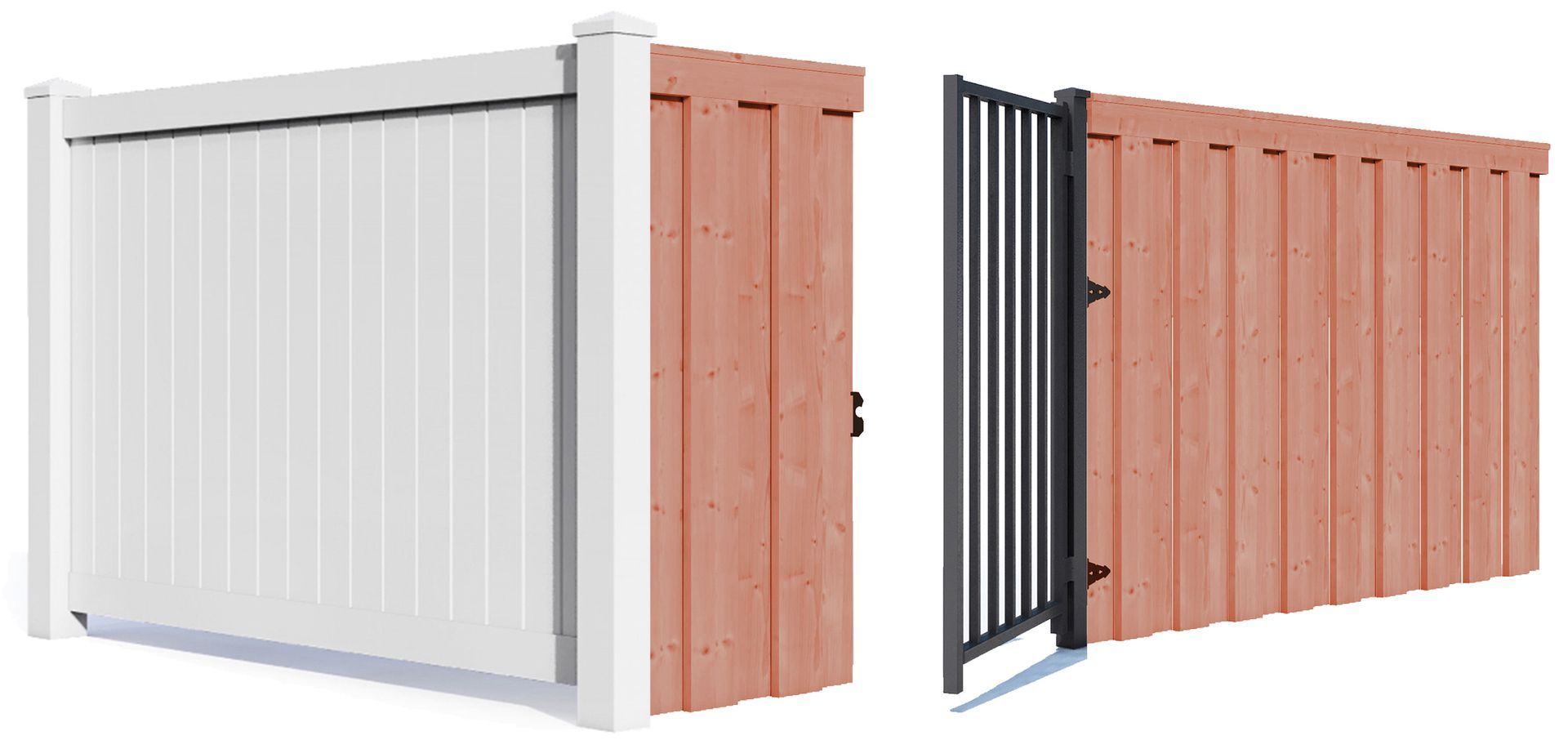
Fencing Types In Charleston
At Charleston Fences, we offer a wide range of fencing options to match your property’s needs and style. Whether you're looking for added privacy, extra security, or simply a way to enhance your curb appeal, we have the right solution. Explore our most popular fencing materials below to find the perfect fit for your home or business.
Family Owned & Operated
Charleston Fences is a locally-owned and operated business that has proudly served Summerville, SC and the surrounding area.
Reliable Fence Contractor
Our quality workmanship and expert installation techniques have earned us the trust of your Summerville, SC friends and neighbors!
WHY CHOOSE CHARLESTON FENCES?
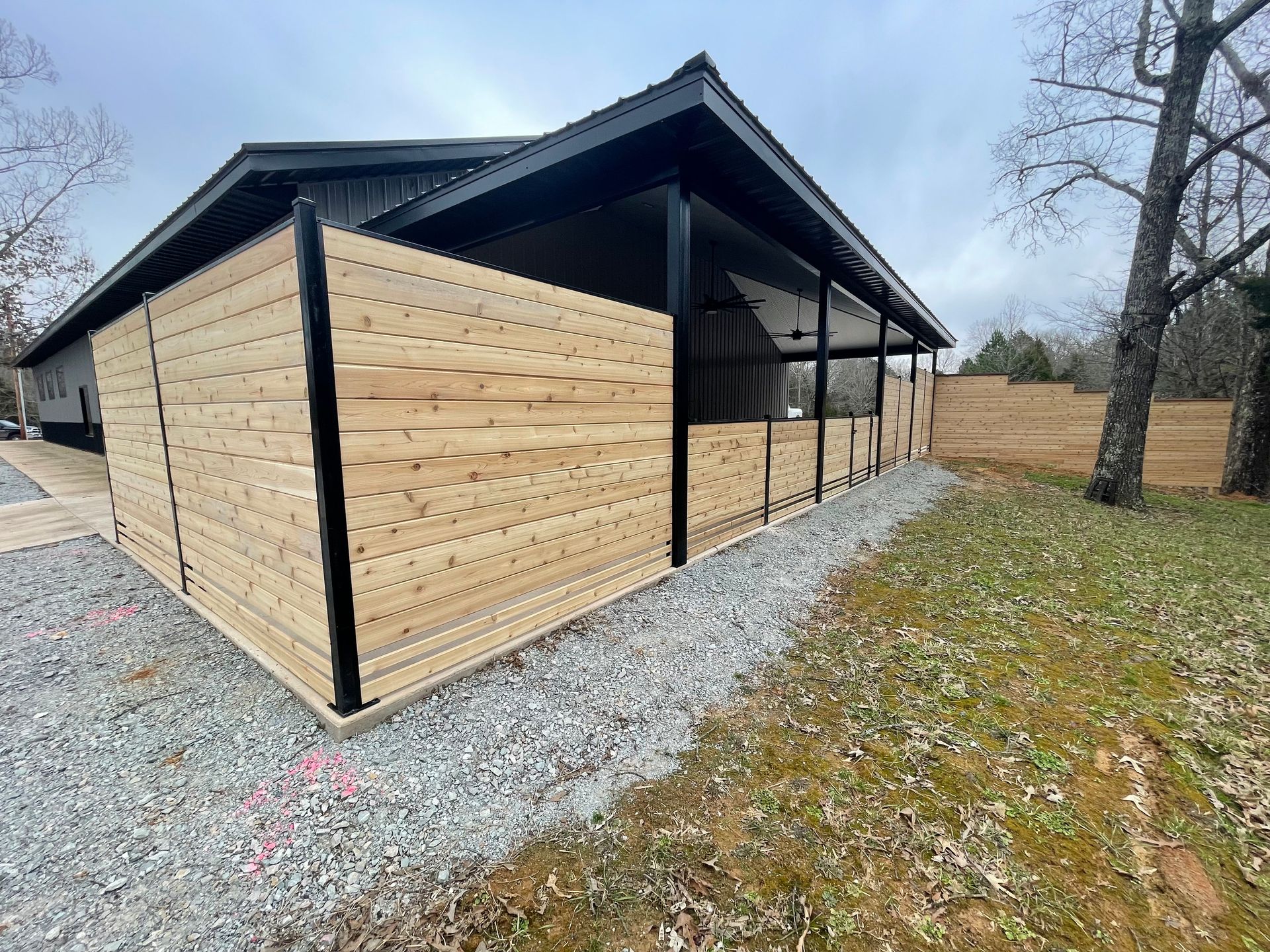
Tailored to Your Property
Every fence we build is customized to fit your yard, layout, and style. Whether you need full privacy or open visibility, we’ll help you choose the right design for your space.
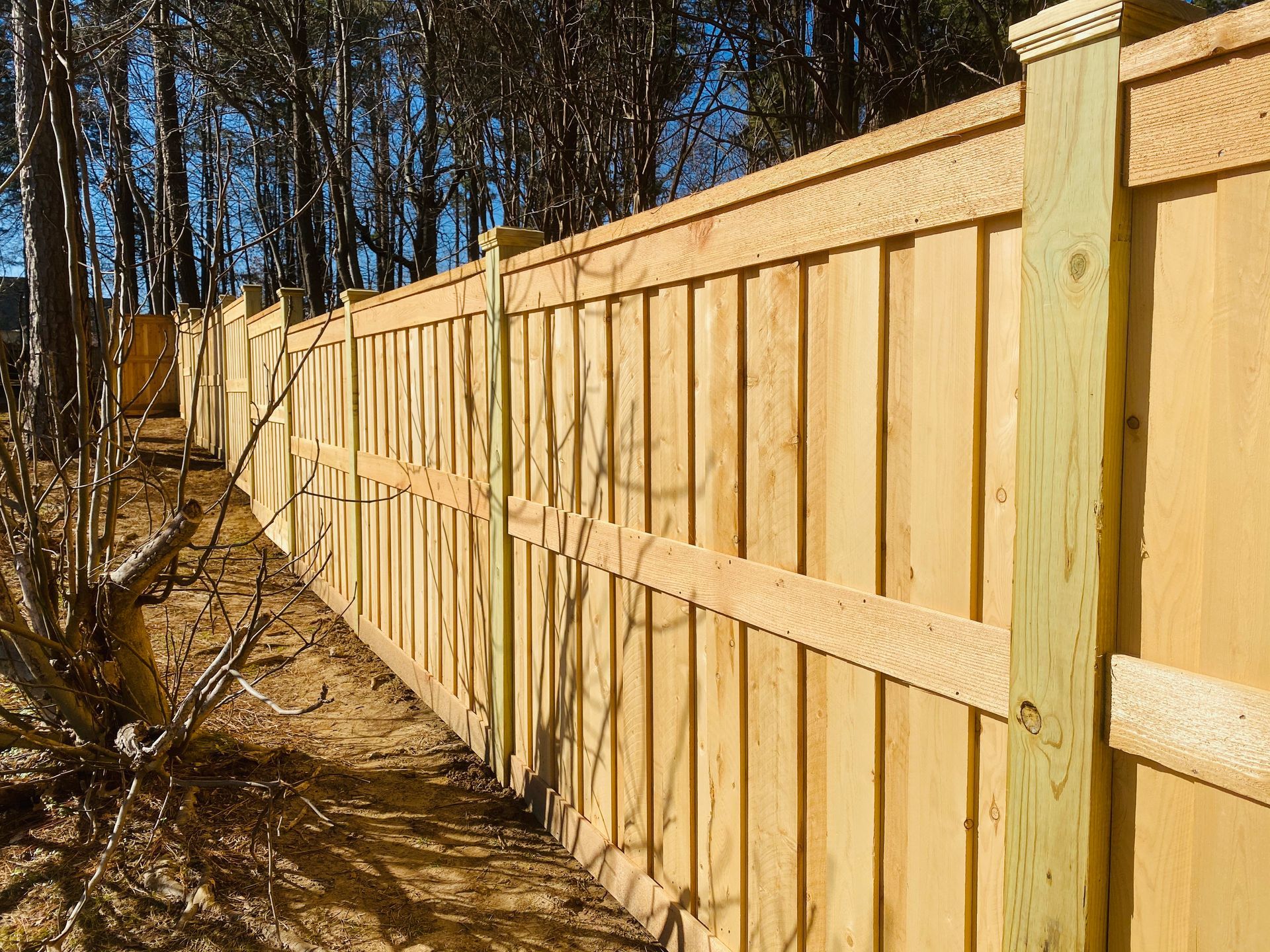
Built to Withstand
From summer heat to coastal humidity, our fences are made to hold up against Charleston’s changing weather. We use quality materials that resist rust, rot, and wear over time.
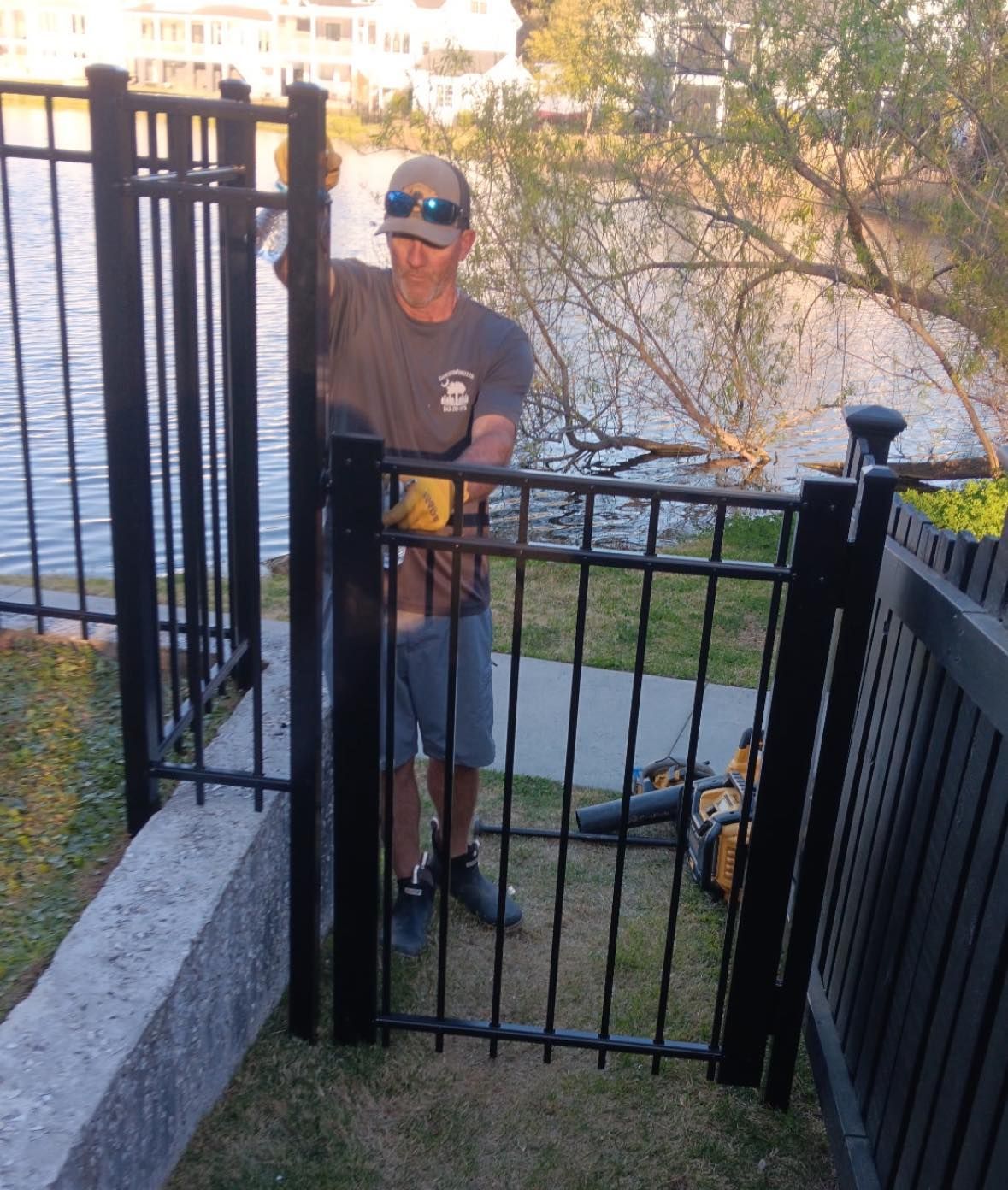
Professional Installation
Our experienced team ensures each fence is installed securely, efficiently, and with attention to detail. We handle everything from layout to cleanup so you can relax and enjoy the results.
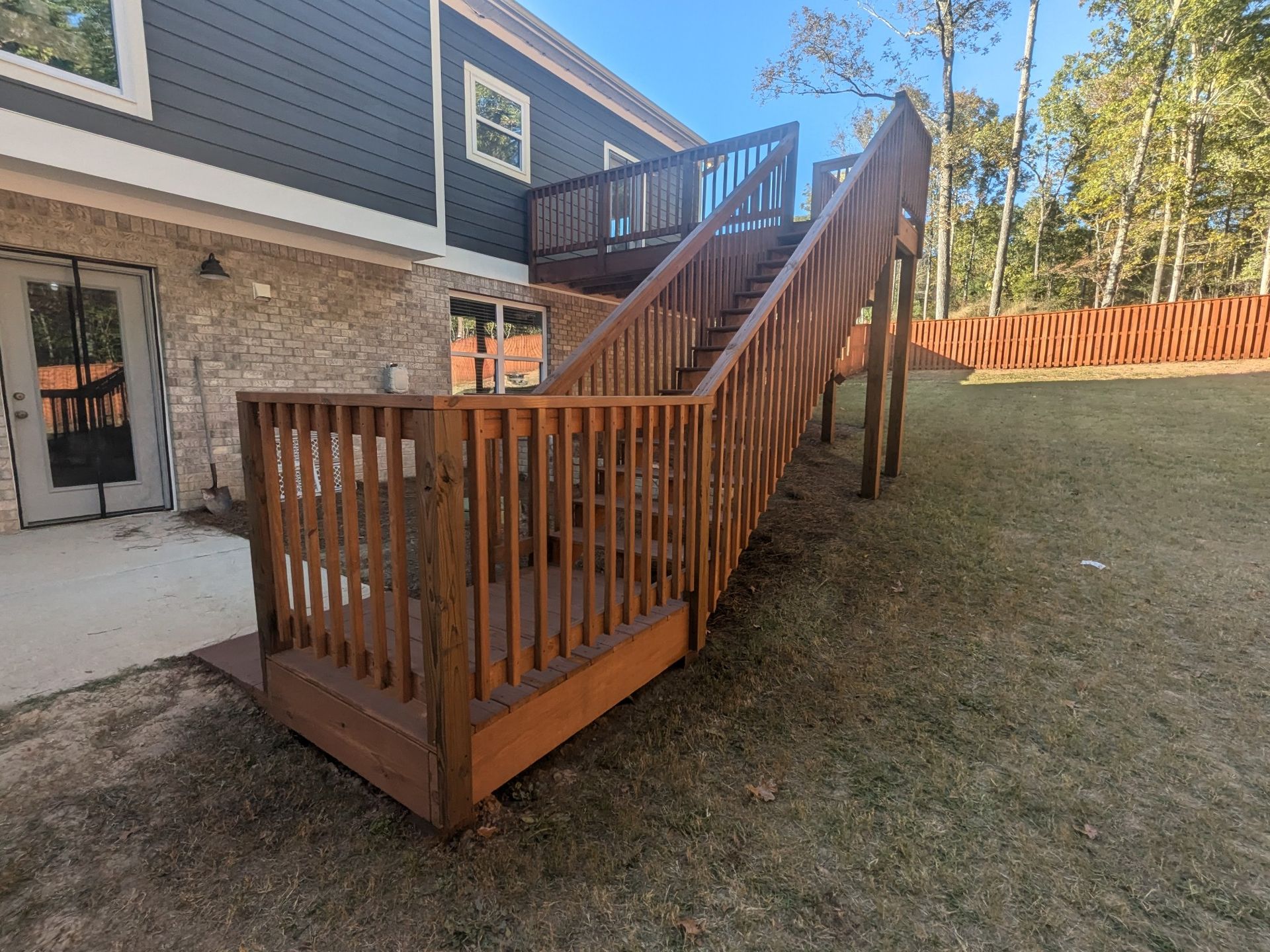
More Than Just Fences
We also design and build decks, pergolas, and arbors to complete your outdoor space. From layout to finishing touches, we bring your backyard vision to life.
No Messy Holes and Dirt
Traditional fence installation leaves piles of excess dirt around each post hole, creating a mess that's hard to clean up. Our no-dig method avoids that entirely—no holes, no dirt, no cleanup hassle.
No More Rotten Post
With traditional methods, fence posts can rot where they meet the ground, leading to failure over time. Our no-dig system eliminates ground contact, preventing rot and making your fence last longer.

Professional Installation
Our experienced team ensures each fence is installed securely, efficiently, and with attention to detail. We handle everything from layout to cleanup so you can relax and enjoy the results.

More Than Just Fences
We also design and build decks, pergolas, and arbors to complete your outdoor space. From layout to finishing touches, we bring your backyard vision to life.
Our Trusted Process




We Provide
A Quote






We Do The Hard Work



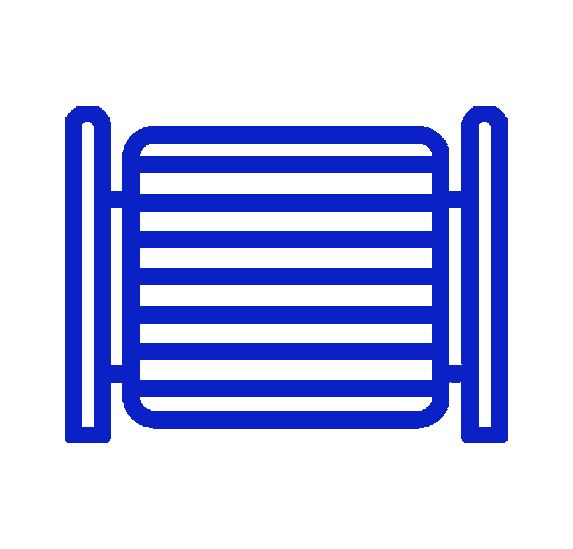


Enjoy Your New Fence






Receive a Full Warranty


We Provide A Quote





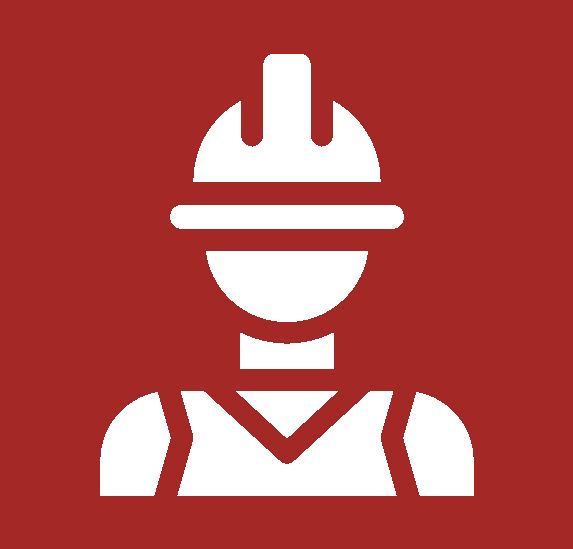
We Do The Hard Work





Enjoy Your New Fence





Receive a Full Warranty

Charleston, SC
Explore Our Fence Types
From strong aluminum to classic wood and low-maintenance vinyl, we offer a variety of fencing options to fit every property and every purpose. Browse our most popular styles below.
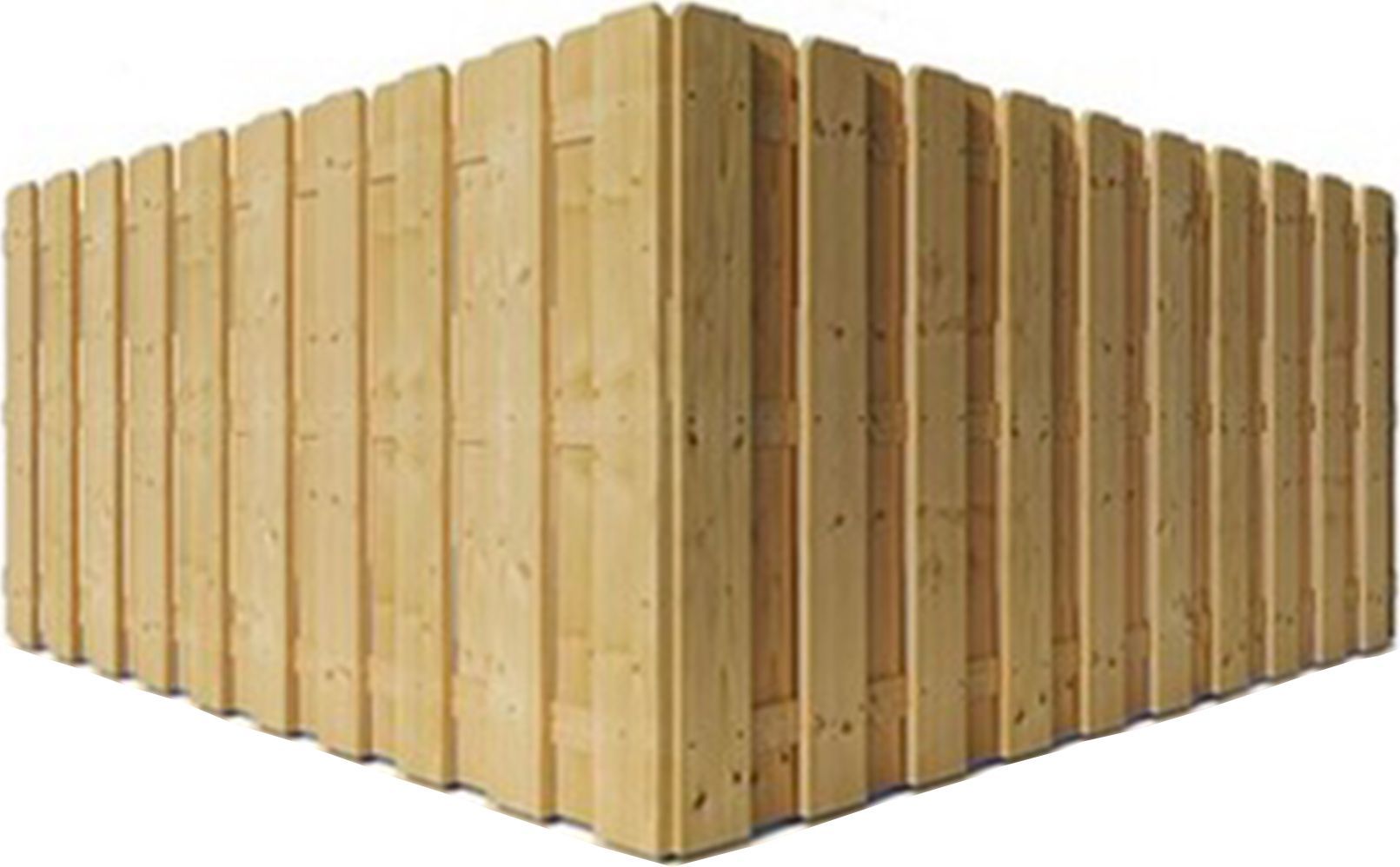
Wood Fence
In Charleston
Wood fencing offers a timeless, natural look that blends beautifully with any landscape. It’s ideal for homeowners who want warmth, charm, and customizable style in their outdoor space.
With flexible options for height, layout, and finish, wood fencing can be built to fit your exact needs. It’s a versatile choice for homeowners who want a personalized, made-to-fit look.
Aluminum Fence In Charleston
Aluminum fencing offers long-lasting strength without the risk of rust or rot. It’s a smart, low-maintenance option for Charleston’s humid and coastal climate.
With clean lines and decorative styles, aluminum fences add a polished look to any property. It’s ideal for homeowners who want security with curb appeal.
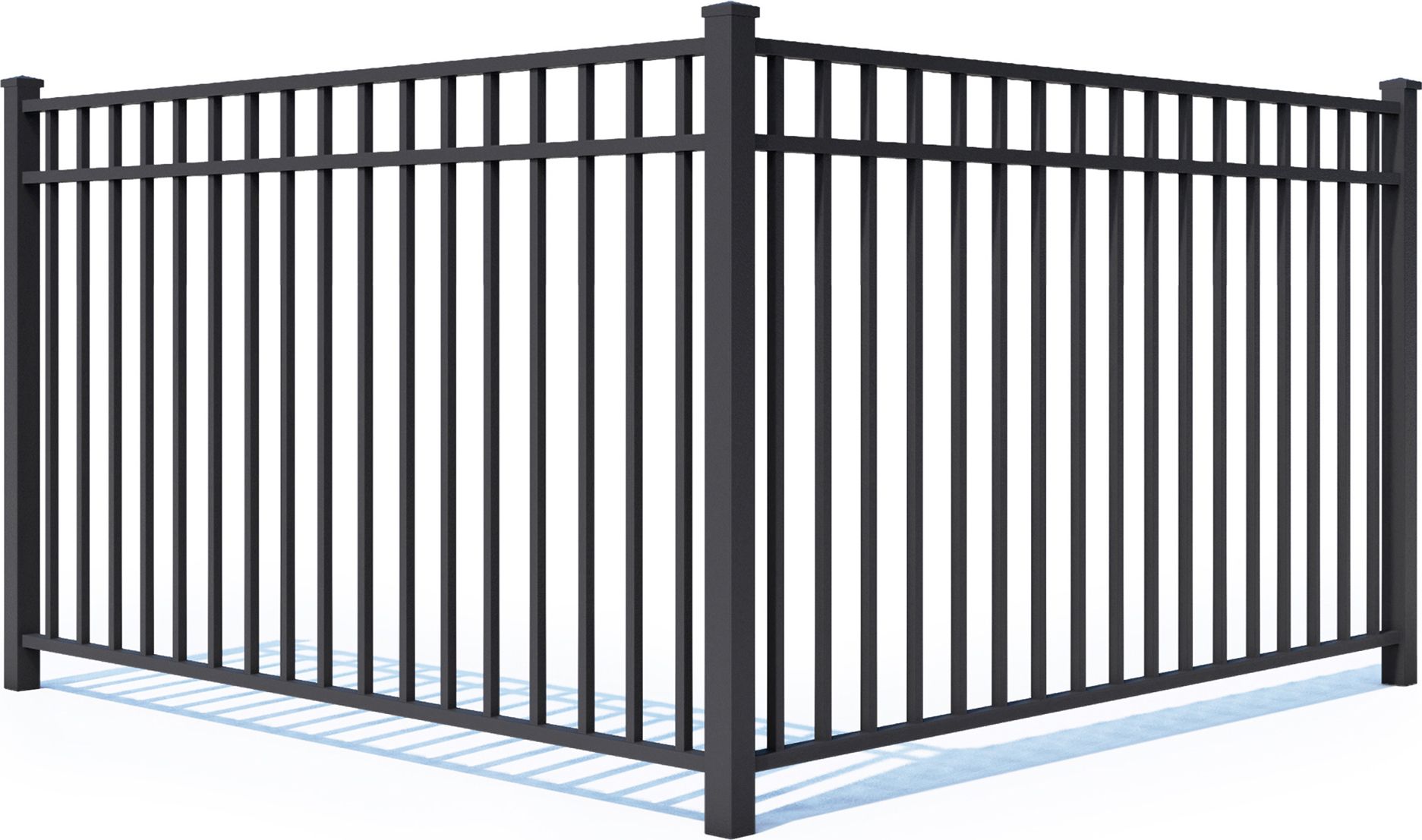
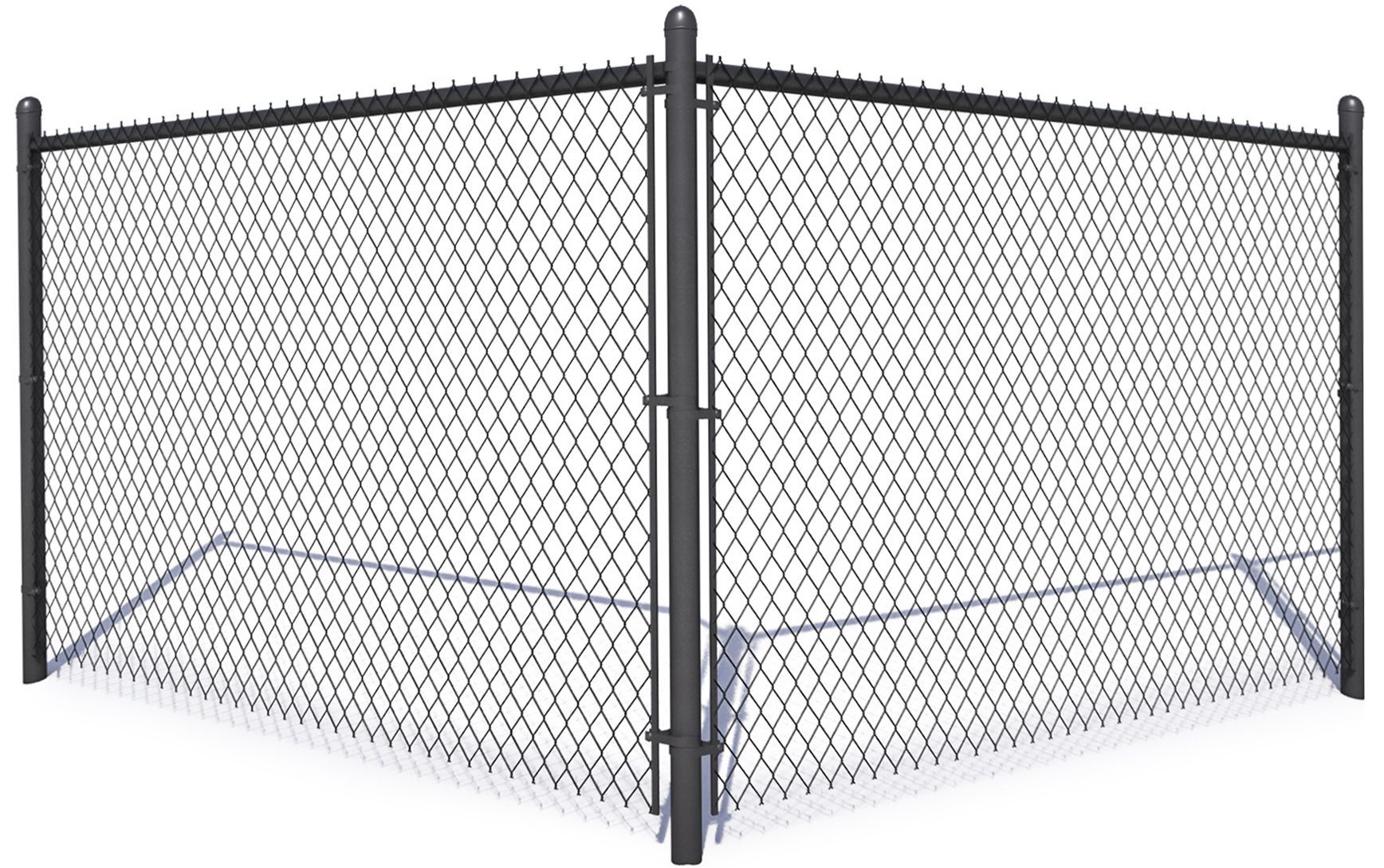
Chain Link Fence
In Charleston
Chain link fencing provides a strong, affordable barrier that’s great for pets, kids, and property lines. It’s a practical choice for both homes and businesses.
From backyard enclosures to commercial spaces, chain link adapts to nearly any layout. Privacy slats can also be added for extra coverage.
Vinyl Fence
In Charleston
Vinyl fencing resists fading, warping, and rot, making it easy to care for year-round. Just rinse it off and it stays looking great with minimal effort.
With smooth panels and a crisp finish, vinyl fences offer a modern, polished look. They’re perfect for homeowners who want privacy and style in one.
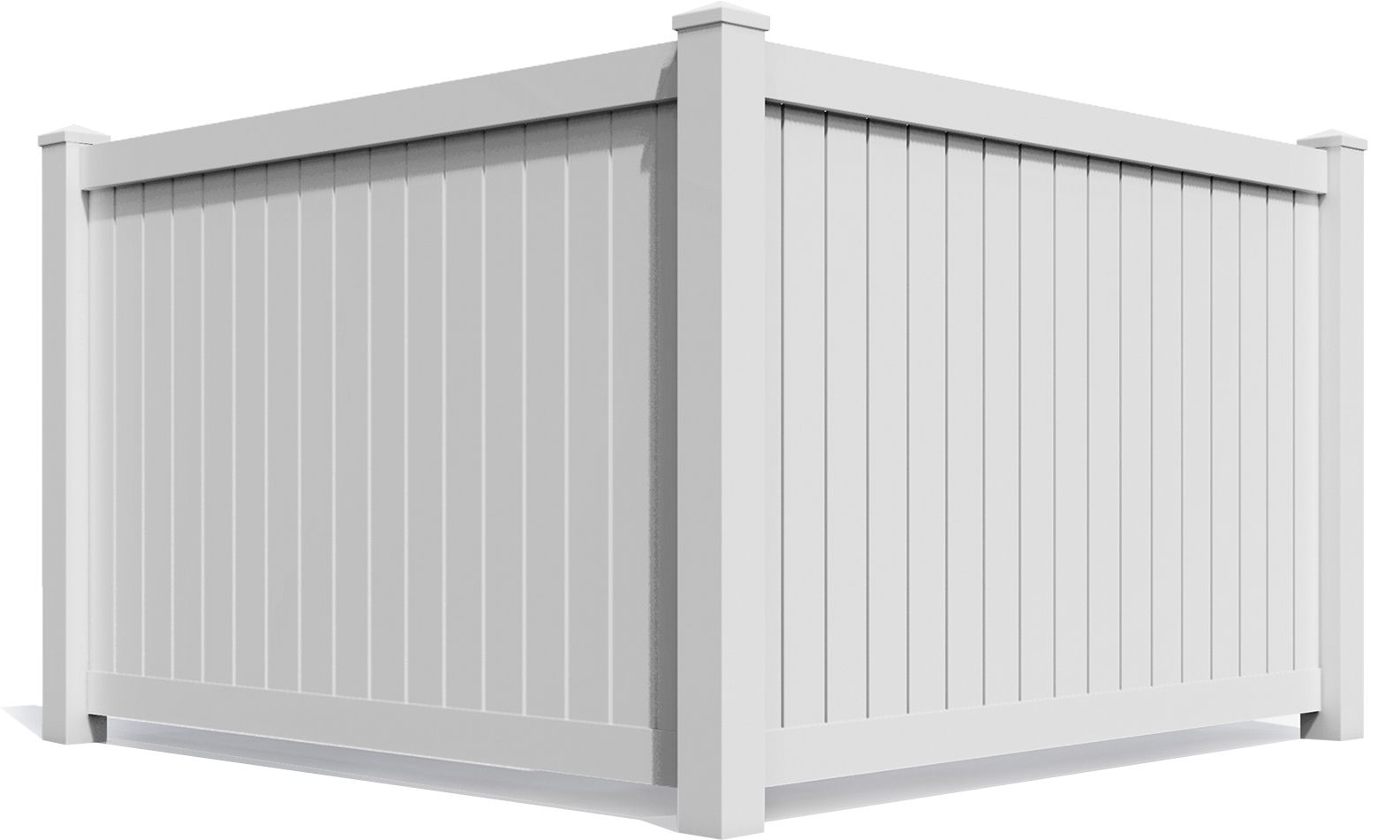
You Have Questions, We Have Answers
Whether you're curious about fence types, installation timelines, or maintenance tips, we're here to help. We've compiled the most common questions our customers ask to give you clear, honest answers—so you can feel confident every step of the way.
What Fence Lasts the Longest?
Many homeowners choose vinyl or aluminum for long-term durability. We’ll help you pick the best option for your climate and needs.
Do You Help With Fence Design?
Yes — we’ll walk you through styles, layouts, and materials to find the right fit for your property and goals.
Can You Match My Home’s Style?
Absolutely. From modern to traditional, we offer fencing options that complement your home’s look and enhance curb appeal.
Is Fence Maintenance Required?
Some materials need more care than others. We’ll explain the upkeep for each type so you can choose what works best for you.

We're thrilled to assist you in finding the perfect fencing solution for your home or business. Our team of experienced professionals is dedicated to providing you with the highest quality service and craftsmanship. Whether you're looking for a new installation, repairs, or just some friendly advice on your next project, we're here for you.
call us
email us
Contact Us
We will get back to you as soon as possible.
Please try again later.
Connect with us on Facebook!
Follow Charleston Fences on Facebook to see their cutting edge fencing solutions and learn why they're the trusted choice for quality and customer satisfaction in the Brodhead area.
Connect with us on Facebook!
Follow Charleston Fences on Facebook to see their cutting edge fencing solutions and learn why they're the trusted choice for quality and customer satisfaction in the Brodhead area.

Your vision, our promise—each project is crafted with care for your family.


